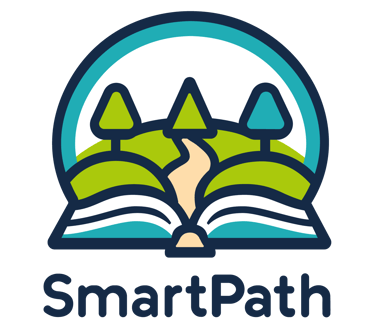Too Much Screen Time? Here’s How to Find the Right Balance


Screens aren’t all bad. They provide access to high-quality learning materials, allow for self-paced study, and make it easier to explore subjects that might not otherwise be available. For many homeschooling families, digital tools have been a game-changer. But like anything else, balance is key. Too much screen time can lead to eye strain and fatigue, making kids less engaged with the world around them.
So, how do you keep screens helpful rather than harmful in your homeschool routine?
Simple Ways to Reduce Screen Time Without Losing Learning
1. Pick a Homeschool Curriculum That Mixes Digital and Hands-On Activities
Not all digital homeschool curricula require kids to sit in front of a screen for hours. Some programs incorporate offline projects, outdoor activities, and interactive learning experiences. When researching curriculum options, look for ones that offer a mix of online and offline work. Finding the right digital homeschool curriculum will create a balanced learning experience.
2. Make Screen Breaks a Habit
It’s easy to lose track of time when learning on a screen, but setting clear time limits can help. The 20-20-20 rule is a great guide: every 20 minutes, look at something 20 feet away for at least 20 seconds to reduce eye strain. Scheduled breaks help kids reset and stay engaged. Try an activity like stretching, a quick walk, or hands-on learning.
3. Make Room for Real-World Learning
Screens don’t have to be the default learning method. Look for ways to incorporate:
Nature walks and outdoor exploration for science and geography lessons
Physical books and workbooks instead of e-books when possible
Building and creating – art projects, gardening, robotics kits, and cooking all reinforce learning without screens
4. Swap Screen Time for Family Learning & Social Time
One of the benefits of homeschooling is the ability to learn together as a family. Group discussions, board games that teach strategy, or hands-on science experiments can all replace screen time while strengthening family connections. If social interaction is a concern, consider joining a homeschool co-op or attending local educational events.
5. Make Screens a Tool, Not a Crutch
Screens are a great resource, but they shouldn’t be the automatic go-to. Try setting specific “screen-free” hours during the day when kids focus on reading, playing outside, or working on creative projects. Some families even let kids earn screen time by completing non-digital tasks first.
The Fear of ‘Too Much’ Screen Time
Many parents worry that screen time dominates learning and leaves kids isolated. But the reality is that not all screen time is created equal; it’s how we use it that matters. If you’ve ever felt guilty about using screens in homeschooling, you’re not alone. The key isn’t eliminating technology but ensuring it serves your child’s education rather than replacing real-world experiences.
A Homeschool Parent’s Real-Life Solution
Sarah, a homeschooling mom of two, noticed that her kids were spending most of their school hours on screens – watching video lessons, taking online quizzes, and reading digital textbooks. While she appreciated the convenience, she worried they weren’t getting enough hands-on learning.
She made a simple change: for every hour spent on a screen, her kids had to do 30 minutes of hands-on work, whether it was a science experiment, a writing exercise, or outdoor exploration. Over time, she saw a difference: her kids were more engaged, retained information better, and even started choosing off-screen activities on their own.
Creating a Screen-Time Plan That Works for Your Family
There’s no one-size-fits-all solution to screen time in homeschooling. What matters is finding a balance that keeps your child engaged, learning, and developing real-world skills alongside their digital education. With a thoughtful approach, screens can be a helpful part of your homeschool routine without taking over.
Are you looking for more ways to balance your homeschool experience? SmartPath helps families find curricula that fit their learning styles and lifestyles. Try our Curriculum Matcher today.
